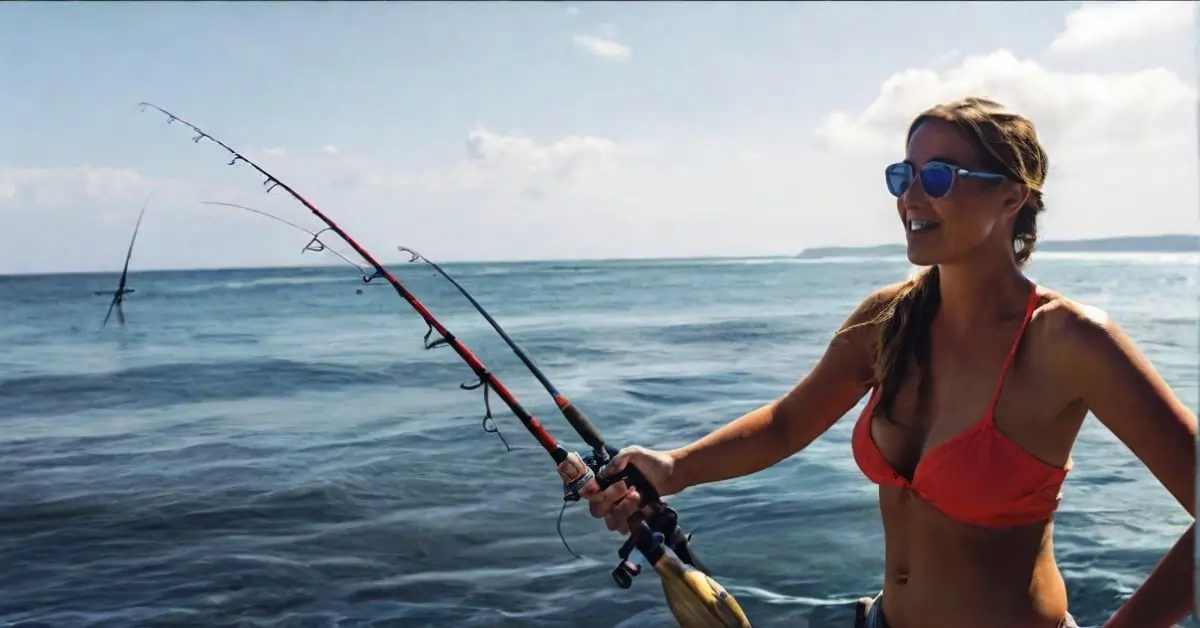Saltwater Fishing Tips For Beginners
Beginning with the proper strategy is essential for novices who want to fish in saltwater. Start by being familiar with the fundamentals of saltwater equipment. This contains a selection of baits and lures that draw in saltwater species, as well as a sturdy rod and reel that are appropriate for the harsh maritime environment.
It’s important to do your homework on the particular fish you’re aiming for because each species has its preferences and behaviors. Learn about the tides, weather, and best places to fish in your area. These factors have a big impact on fish behavior. Prioritizing safety means that you should always check the weather and wear the proper protective gear. It’s also essential to comprehend local laws and acquire the required fishing license.
Ultimately, the keys are observation and patience. Keep an eye out for fish-related natural indications, including diving birds or jumping fish. Keep in mind that saltwater fishing can be very difficult but also very rewarding. You’ll get more proficient at fishing and acquire useful experience with time and practice.
In this blog post, we will discuss Saltwater Fishing Tips For Beginners
1. Understand the Saltwater Environment
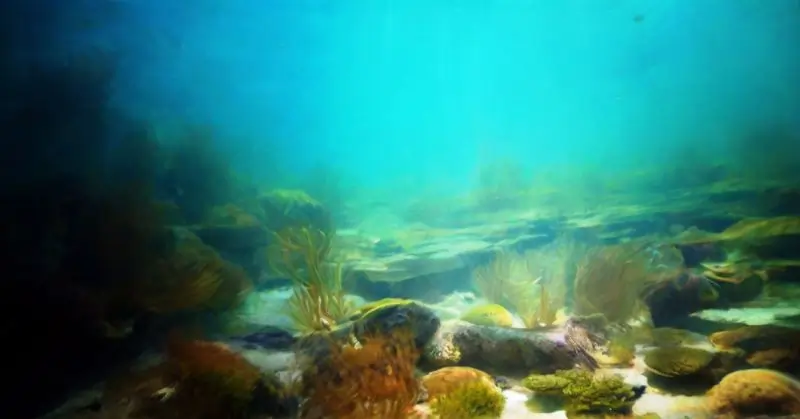
It is essential to comprehend the saltwater environment to fish successfully. Freshwater and saltwater ecosystems differ greatly from one another, and fish behavior is greatly influenced by salinity, tides, and currents. Fish feeding habits, for example, are influenced by tides; many species are more active during high tides. Fish can congregate in regions where baitfish are brought in, which is influenced by currents as well.
The kind of species present can also be determined by the salinity of the water. Any aspiring saltwater angler must get familiar with these components as well as weather patterns and seasonal variations in the ocean.
2. Choose the Right Gear
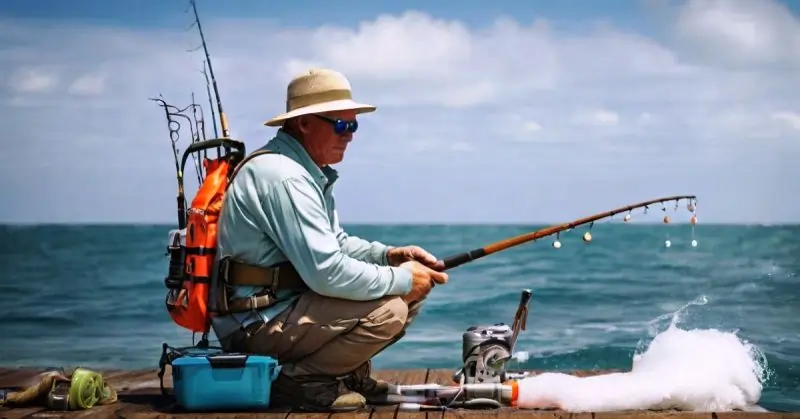
Choosing the proper gear is crucial when it comes to saltwater fishing. Seawater may be hard on gear, and the fish are frequently larger and more powerful. Make sure you choose a strong rod and reel that are designed for use in saltwater. They need to be tough enough to handle big fish and withstand the rough ocean conditions Fishing lines with braids are usually preferred over other kinds because of their increased sensitivity, durability, and resistance to stretching.
The ideal bait and lure combinations should be determined by the species of fish being targeted; live baits, such as shrimp or squid, are often quite successful. Make sure your hooks and other tackles are suitable for use in saltwater to prevent rust and degradation.
3. Learn Essential Knots
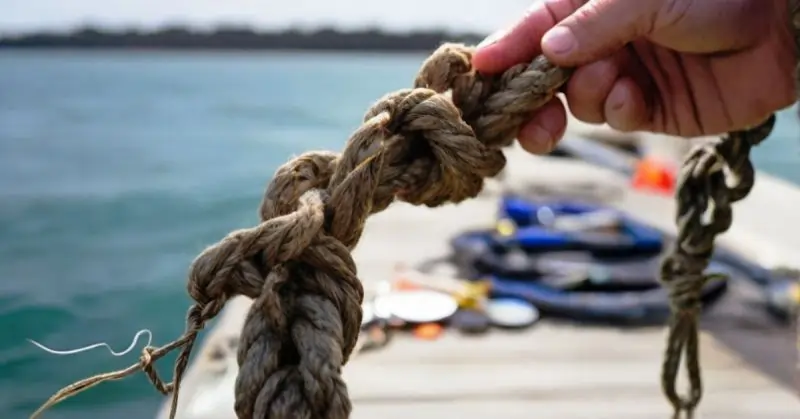
Selecting the appropriate knot for saltwater fishing can have a significant impact. The following are a few of the top knots for different uses:
Clinch Fishing Knot: When tying their line into lures, swivels, clips, or fake flies, many fishermen prefer using the upgraded clinch knot. It is extremely adaptable and is renowned for retaining up to 95% of the line’s initial strength.
The Duncan Knot, often called the Uni Fishing Knot, is a strong and simple knot to tie. It’s perfect for attaching your line to snaps, swivels, or lures. It’s also frequently suggested when tying an eyed hook to a leader.
The Blood Fishing Knot can be used to connect two identical lengths of line. Knots such as the Albright or Bimini twist work well for varying diameters. Making your bottom rigs is a good use for your knowledge of how to tie a dropper loop.
The ideal knot for saltwater fishing ultimately comes down to your requirements; for example, a uni knot can be used to secure lines to lures. Recall that practice is the key to becoming an expert at fishing knots. You only need a piece of line and you can practice knotting practically anyplace.
4. Practice Casting Techniques
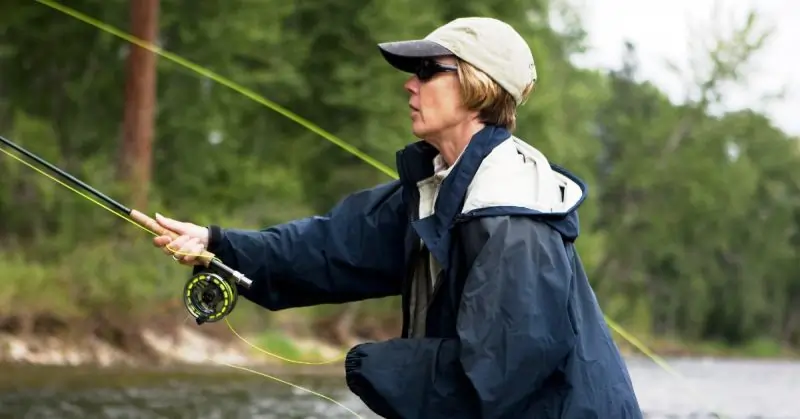
Whether you’re targeting large trevally close to reefs or bream in shallow areas, learning the skill of casting is essential to successful fishing. But mastering that flawless cast is a skill that takes years to master and involves a lot of trial and error. Even seasoned fishermen occasionally make mistakes with their casts. Here are some useful pointers for honing your casting technique for those who are just starting out and are unsure where to begin.
Practice is Key in Fishing Casting
If you can’t practice on the water daily, try in your backyard. Set up a target like a bucket 20 meters away, attach a sinker to your line, and aim to land it in the bucket. This exercise, while sometimes frustrating, will significantly improve your casting.
Choosing the Right Rod and Reel
Selecting the appropriate rod and reel greatly impacts your ability to cast. Different types suit various fishing styles, affecting the ease of casting. For general fishing, like in estuaries, a 4-6kg spin combo is ideal. For smaller species, a lighter 2-4kg setup works better. A good length is between 5.5 to 6 feet. If you’re targeting species in structures, consider a bait caster for its accuracy, though it’s harder to use.
The Importance of Tackle Weight
The weight of your bait or lure is crucial for effective casting. Too light, and it’s difficult to cast; too heavy, and you risk damaging your equipment. Lighter rods are suitable for small soft plastics and light sinkers, while heavier rods are better for larger lures. Always match your tackle to the conditions, considering factors like current and wind.
Lure Casting Techniques
In lure casting, placing your lure accurately is key to catching fish. Baitcasters are great for precise casting in tight spaces, while longer, lighter rods are better for open areas, allowing longer casts to reach cautious fish.
Knowing When to Cast and When to Drop
Sometimes, casting isn’t necessary. In deeper water, particularly when boat fishing, simply dropping your bait can be effective, especially for predatory fish in deeper areas.
Remember, while perfect casting is a skill to aspire to, every fishing situation is different, and adapting your technique accordingly will enhance your fishing success.
5. Safety and Conservation
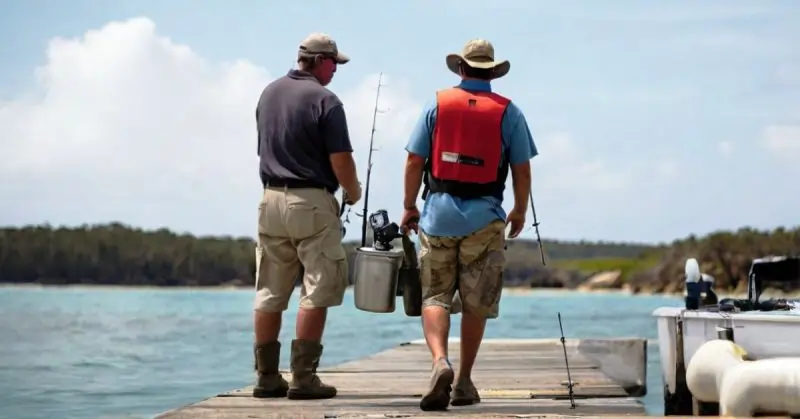
When fishing, safety and conservation are crucial. Wearing life jackets, being cognizant of the weather, and using equipment properly are all part of maintaining personal safety. Always keep an emergency plan and a first aid kit on hand. Conservation holds equal significance. To preserve fish populations, abide by local fishing laws, including those pertaining to size and catch limitations. When applicable, practice catch and release with methods that do the least amount of damage to the fish. Respect the aquatic ecosystem by abstaining from pollution and destroying its habitat. Anglers that prioritize safety and conservation not only safeguard themselves and others, but also ensure that fishing continues to be viable for upcoming generations.
6. Choosing the Right Location

Knowing why fish congregate in particular areas is essential to locating the finest saltwater fishing locations. Fish may gather in areas where there are strong hunting chances or where the tides funnel baitfish.
Knowing the reasons behind fish behavior can guide you to fruitful spots.
Why Fish Choose Certain Spots
Thinking about why fish are in certain areas is more useful than just knowing where they are. For example, they might be drawn to areas with abundant bait, strong currents, or good hiding structures. This approach, combined with tools like online maps, fishing apps, and electronics, helps you find successful fishing spots over time.
Utilize Fishing Maps and Apps
Apps like Fishbrain offer interactive maps to locate fishing areas and boat ramps. They provide valuable information like catch data and local fishing forecasts. This can help you identify spots and learn about fish species in specific waters.
Identifying Key Areas
In shallow waters or estuaries, look for changes in depth, areas with seagrass, and potholes, as these spots can attract fish. Potholes are ideal for predators looking to ambush prey, whereas seagrass beds conceal baitfish. Docks, bridges, and piers are excellent locations for fishing because they serve as homes for barnacles and oysters, which draw larger species and baitfish.
7. Comply with Local Fishing Laws and License Rules

A key component of responsible fishing is observing local license requirements and fishing laws. Regulations tailored to the needs of each region are in place to safeguard fish populations and their environments. These could include regulations about certain areas, seasonal limitations, and size and catch limits. Make sure you have the proper license before going fishing to support both legal and conservation activities. Understand and follow local fishing laws to avoid legal issues and fines. By doing this, we help keep fish populations healthy and sustainable, ensuring the aquatic environment stays in good condition. This way, future generations can also enjoy great fishing experiences..
FAQ on Saltwater Fishing Tips For Beginners
Q: What basic gear do I need for saltwater fishing?
A: Start with a sturdy rod, saltwater reel, braided line, and appropriate bait or lures.
Q: How do I choose a good saltwater fishing spot?
A: Look for areas with active tides, structures like reefs or piers, and signs of fish activity.
Q: Is a fishing license required for saltwater fishing?
A: Yes, most places require a license for saltwater fishing, so check your local regulations.
Q: What’s the best way to learn saltwater fishing techniques?
A: Practice regularly and seek advice from experienced anglers or join local fishing clubs.
Conclusion
For novices, saltwater fishing is a thrilling and fulfilling activity. You may greatly enhance your fishing skills by learning about the saltwater environment, selecting the appropriate equipment, becoming an expert knotter, honing your casting technique, and emphasizing safety and conservation. Recall that perseverance, patience, and a readiness to change and grow are essential. You’re well on your way to becoming a proficient saltwater angler with these professional tactics. In this blog post, we have discussed in detail about-Saltwater Fishing Tips For Beginners
